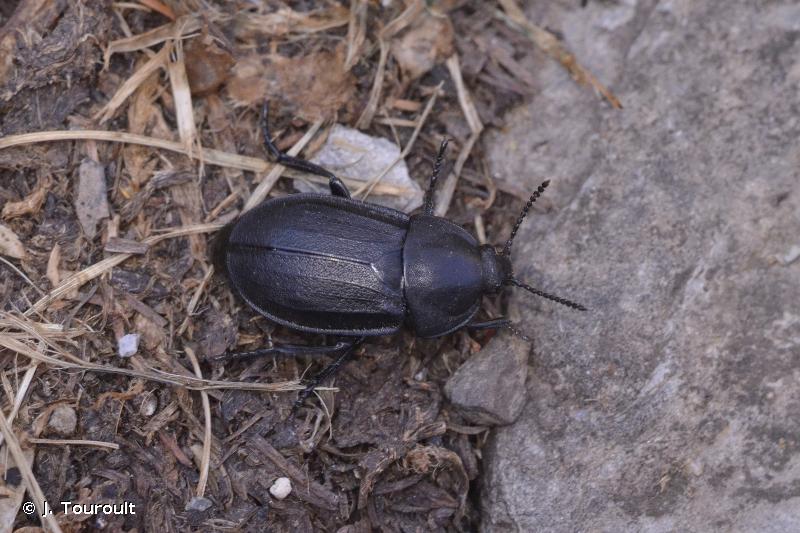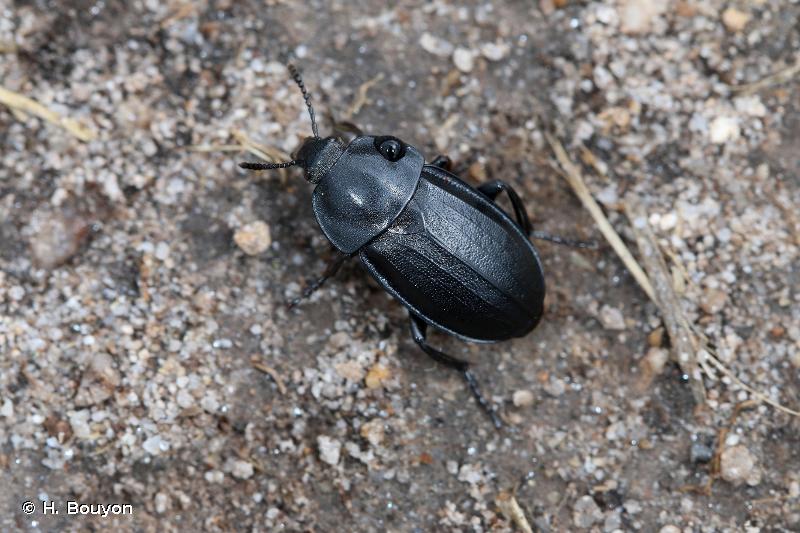
cd_nom

| Author : F. Chevaillot |
 |
To get the picture, please visit:
Fred CHEVAILLOT
Moulin de Castor
La Maynobe
12550 COUPIAC
06 51 19 18 32
09 88 28 31 26
www.insecte.org
email : fred.chevaillot@wanadoo.fr
Any reuse of one or more photographs on this site is subject to an authorization request from the author.
Link to the Code of Intellectual Property (Legifrance)

| Author : J. Touroult |
 |
To get the picture, please visit:
Julien Touroult
UMS PatriNat AFB - CNRS - MNHN
Muséum national d'Histoire naturelle, CP41, 36 rue Geoffroy Saint-Hilaire, 75005 Paris
Despite the Creative Commons license, please inform the author of the use which will be made of his photo

| Author : H.Bouyon |
 |
To get the picture, please visit:
Bouyon Hervé
herve.bouyon@wanadoo.fr
Any reuse of one or more photographs on this site is subject to an authorization request from the author.
Link to the Code of Intellectual Property (Legifrance)

| Author : J. Touroult |
 |
To get the picture, please visit:
Julien Touroult
UMS PatriNat (OFB - CNRS - MNHN)
CP41, 36 rue Geoffroy Saint-Hilaire, 75005 Paris
Legend: Nymphe, dans la terre, sous une pierre. Pyrénées.
Despite the Creative Commons license, please inform the author of the use which will be made of his photo

| Author : H. Bouyon |
 |
To get the picture, please visit:
Any reuse of one or more photographs on this site is subject to an authorization request from the author.
Link to the Code of Intellectual Property (Legifrance)

| Author : H. Bouyon |
 |
To get the picture, please visit:
Any reuse of one or more photographs on this site is subject to an authorization request from the author.
Link to the Code of Intellectual Property (Legifrance)

| Author : H. Bouyon |
 |
To get the picture, please visit:
Any reuse of one or more photographs on this site is subject to an authorization request from the author.
Link to the Code of Intellectual Property (Legifrance)
Taille :
13-14 mm.
Diagnose :
Entièrement noir, quoi que les élytres sont souvent brun foncés. Ovale, relativement convexe, en forme de bouclier. Les élytres sont ponctuées et lisses : elles ne présentent pas de trace de carène longitudinales. Bords latéraux en gouttières larges et relevées. Tête large, aussi longue que large.
Détermination :
Difficile.
Espèces proches :
Cette espèce ne peut être confondue principalement qu'avec Ablattaria laevigata (Fabricius, 1775), 1781 et Silpha obscura Linnaeus, 1758 qui ont les élytres presque lisses, sans lignes longitudinales de carènes. Toutefois, Silpha tyrolensis Laicharting, 1781 est une espèce d'altitude, contrairement aux deux autres, mais elles peuvent se trouver ensemble entre 1400 et 2000 mètres. Ablattaria laevigata (Fabricius, 1775) s'en distingue assez facilement avec sa tête très allongée, alors qu'elle est aussi longue, voire moins longue, que large chez les Silpha. Pour Silpha obscura Linnaeus, 1758 et Silpha tyrolensis Laicharting, 1781, la distinction n'est possible que par des caractères très ténus, principalement avec la forme et la densité de la ponctuation.
Période d'observation :
Printemps et été, dans les prairies alpines et subalpines, souvent avec sa larve qui a les mêmes mœurs.
A. Horellou(UMS 2006 Patrimoine Naturel (AFB / CNRS / MNHN)),2015
Continental
Metropolitan France
Overseas
Marine
Metropolitan France
Overseas
The map presents a summary at the 10 x 10 km grid of the observation data for the species transmitted to the SINP. These data have been subjected to validation filters.
The map presents a reference distribution layer of the species at the scale of departments and marine sectors. The presence and absence data were established by expertise within a network of partners. This reference distribution is used in the validation process of the SINP data at the INPN level.
Corresponds to a report on the basis of at least one observation proved within a period of 10 years (20 years for little-known invertebrates) preceding the year and no presumption of extinction since obtaining the last data nor doubt on reproductive and implemented nature of this population. For migratory species, the presence indicated concerns areas of reproduction.
This status is based on one or more of the following criteria:
This point covers the absence, more difficult by nature to demonstrate than presence. This status is based on one or more of the following criteria:
This status must be assigned to a department in which the presence of the species is casual.
Particular case of absence due to a proven extinction less than a half century ago (older disappearances are treated as "no probable or definite").
In the state of knowledge, we can not comment on the presence or absence in the current department. This is the default status when not comprised in one of the previous categories or whenever there is doubt.
The map shows the global distribution of the species based on GBIF data (Global Biodiversity Information Facility).
